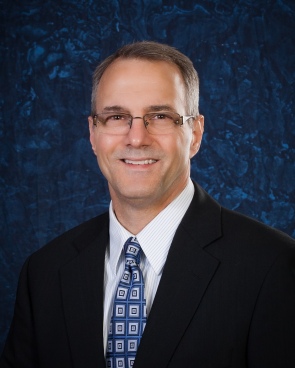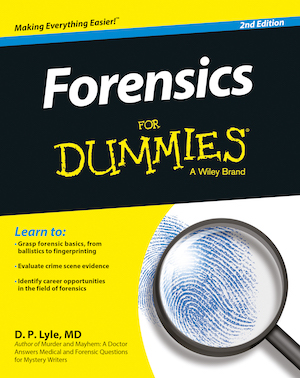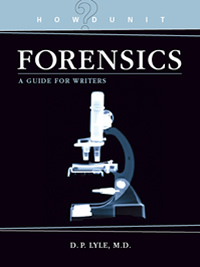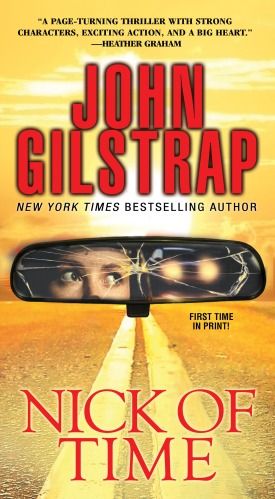
BIO: Now retired, Dr. Tavel MD, FACC, is a physician specialist in internal medicine and cardiovascular diseases. In addition to managing patients for many years, he held a teaching position (Clinical Professor) at Indiana University School of Medicine. He was consulting cardiologist for the Care Group, Inc., a division of St. Vincent Hospital in Indianapolis and was the director of the cardiac rehabilitation program. His civic activities include, among others, having been past president of the local and Indiana state divisions of the American Heart Association.
He has presented numerous speeches and lectures before national audiences. His medical research includes over 125 publications, editorials, and book reviews that have appeared in peer-reviewed national medical journals. Dr. Tavel authored a book on cardiology (Clinical Phonocardiography) that persisted through four editions over a period of approximately 20 years, and has been a contributor to several other multi-authored textbooks. He has served on the editorial boards of several national medical journals.
LISTEN: http://www.blogtalkradio.com/suspensemagazine/2016/11/12/crime-and-science-radio-with-special-guest-morton-tavel
Link will go live Saturday 11-19–16 at 10 a.m. Pacific
Dr. Tavel’s Recent Books:
Snake Oil is Alive and Well: The Clash between Myths and Reality. Reflections of Physician. Brighton Publishing, LLC, Mesa, Ariz., 2012

Hell in the Heavens: The Saga of a WW2 Bomber Pilot, by Tavel, ME and Tavel, DE. Brighton Publishing, LLC, Mesa, Ariz. 2013.

Health Tips, Myths and Tricks: A Physician’s Advice. Brighton Publishing, LLC, Mesa, Ariz. 2015.

LINKS:
Dr. Morton Tavel’s Website: http://www.mortontavel.com
Tavel, Morton, “The ‘Lie Detector’ Test Revisted: A Great Example of Junk
Science” Skeptical Inquirer. 40.1 (January/February 2016).
Faigman, David L., Stephen E. Fienberg, and Paul C. Stern. “The Limits of the
Polygraph.” Issues in Science and Technology 20, no. 1 (Fall 2003). http://issues.org/20-1/faigman
National Academy of Sciences. 2003. The Polygraph and Lie Detection, Committee to Review the Scientific Evidence on the Polygraph. The National
Academies Press, Washington, D.C. http://www.nap.edu/catalog/10420/the-polygraph-and-lie-detection
Zadrozny, Brandy, “The Polygraph Has Been Lying for 80 Years,” The Daily Beast, (February 4, 2015).
http://www.thedailybeast.com/articles/2015/02/04/the-polygraph-has-been-lying-for-90-years.html
Zelicoff, Alan P., “Polygraphs and the national labs: Dangerous ruse undermines national security.” Skeptical Inquirer, (July/August 2001). Online at http://www.csicop.org/si/show/polygraphs_and_the_national_labs_dangerous_ruse_undermines_national_securit
Iacono, William G., Forensic “Lie Detection”: Procedures Without Scientific Basis, Journal of Forensic Psychology Practice, 1 no. 1 (2001). Reproduced with permission on https://antipolygraph.org/articles/article-018.shtml
American Psychological Association: The Truth About Lie Detectors (aka Polygraph Tests) http://www.apa.org/research/action/polygraph.aspx
Vergano, Dan, “Telling the Truth About Lie Detectors,” USA Today, (September 9, 2009) http://usatoday30.usatoday.com/news/nation/2002-09-09-lie_x.htm
Barber, Nigel, “Do Lie Detectors Work? Should You Ever Take a Polygraph?,” Psychology Today, March 7, 2013. https://www.psychologytoday.com/blog/the-human-beast/201303/do-lie-detectors-work
Letter of Aldrich Ames to Steven Aftergood of the Federation of American Scientists, on polygraph tests, postmarked November 28, 2000, reproduced on Federation of American Scientists Website: http://www.fas.org/sgp/othergov/polygraph/ames.html
Santos, Fernanda, “Vindicated by DNA, but a Lost Man on the Outside,” New York Times, November 25, 2007. [Story of Jeffrey Deskovic, who at the age of sixteen was arrested and told he “failed” a polygraph during a seven-hour interrogation process, and was wrongfully convicted.] http://www.nytimes.com/2007/11/25/us/25jeffrey.html?_r=0
Newsweek Article on Mass Shootings: http://www.newsweek.com/serial-killer-mass-shooter-school-shootings-federal-bureau-investigation-367374













































